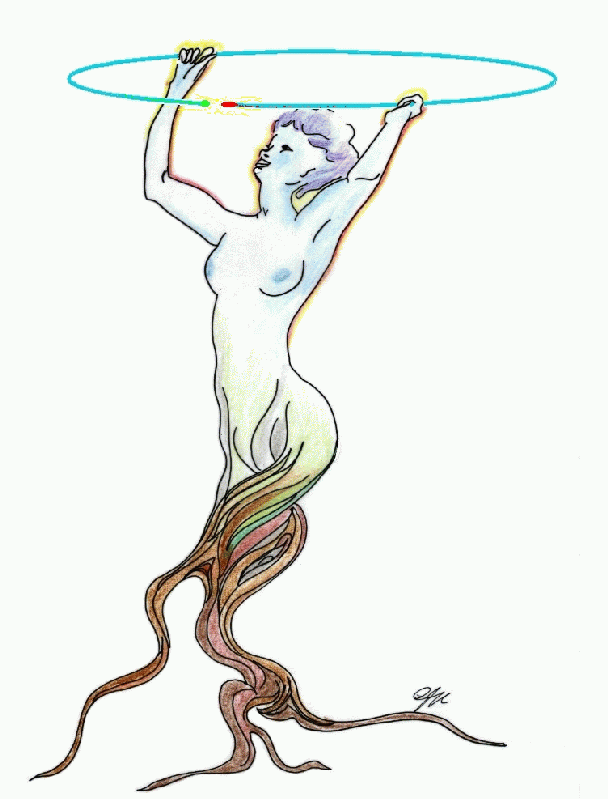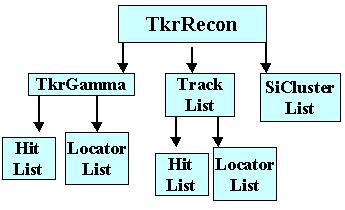|
|
TkrRecon ROOT Data | |
| Introduction |
IntroductionThis is an exaplanation of the TkrRecon data as it is currently
in use for the PDR, balloon (BFEM), beam test (BTEM). For a nice
introduction to the Tracker Reconstruction, please
see this talk by Leon Rochester. Here are some definitions
provided in Leon's document:
How To Obtain TkrReconOnce you have a Recon object, you can obtain the TkrRecon data as
follows: TkrGammaTkrGamma *gamma = tkrRec->getGamma( ); Currently, at most only one gamma is determined by the tracker reconstruction - hence there will be no more than one reconstructed gamma stored in the ROOT file. The TkrGamma consists of a list of tracks associated with the reconstructed gamma and a list of locators. The tracks correspond to the 1 or 2 particles associated with the
gamma. Please remember, that the tracks are 2-D, each track
corresponds to a particular view: either X or Y. To obtain
the list of tracks associated with the TkrGamma: The locators provide slope and positions along the reconstructed
gamma. The class that stores the locator information is called TkrLocator.
One TkrLocator is provided, corresponding to the vertex. To
obtain the locator do: LocatorsThe locators are of class TkrLocator. They store the position and direction information about the tracks. To obtain the position: To obtain the direction: TracksThe TkrRecon ROOT class also stores a list of tracks, of class TkrTrack, found by the tracker reconstruction. Each TkrTrack corresponds to one view, a 2-D track, either X or Y. Each TkrTrack has an id number associated with it. The tracks associated with the reconstructed gamma, will have a flag
set denoting that its "mother" is a gamma. Determining the list of reconstructed particles.. One can tell which
view a TkrTrack has, by checking the view of one of the TkrHits
associated with the TkrTrack: Each TkrTrack has a list of TkrLocators associated with it - just like the TkrGamma had a list of locators. This list has only one element in it. Each TkrTrack also has a list of hits associated with it. Each hit, TkrHit, has a TkrLocator associated with it. So if you are interested in every wiggle corresponding to the track, you can sift through the list of hits and their position and direction. TkrTracks also have a number of other parameters associated with them, such as ChiSq, Quality, first layer. SiClustersThe TkrRecon also stores a list of the silicon clusters identified by the tracker reconstruction. |

